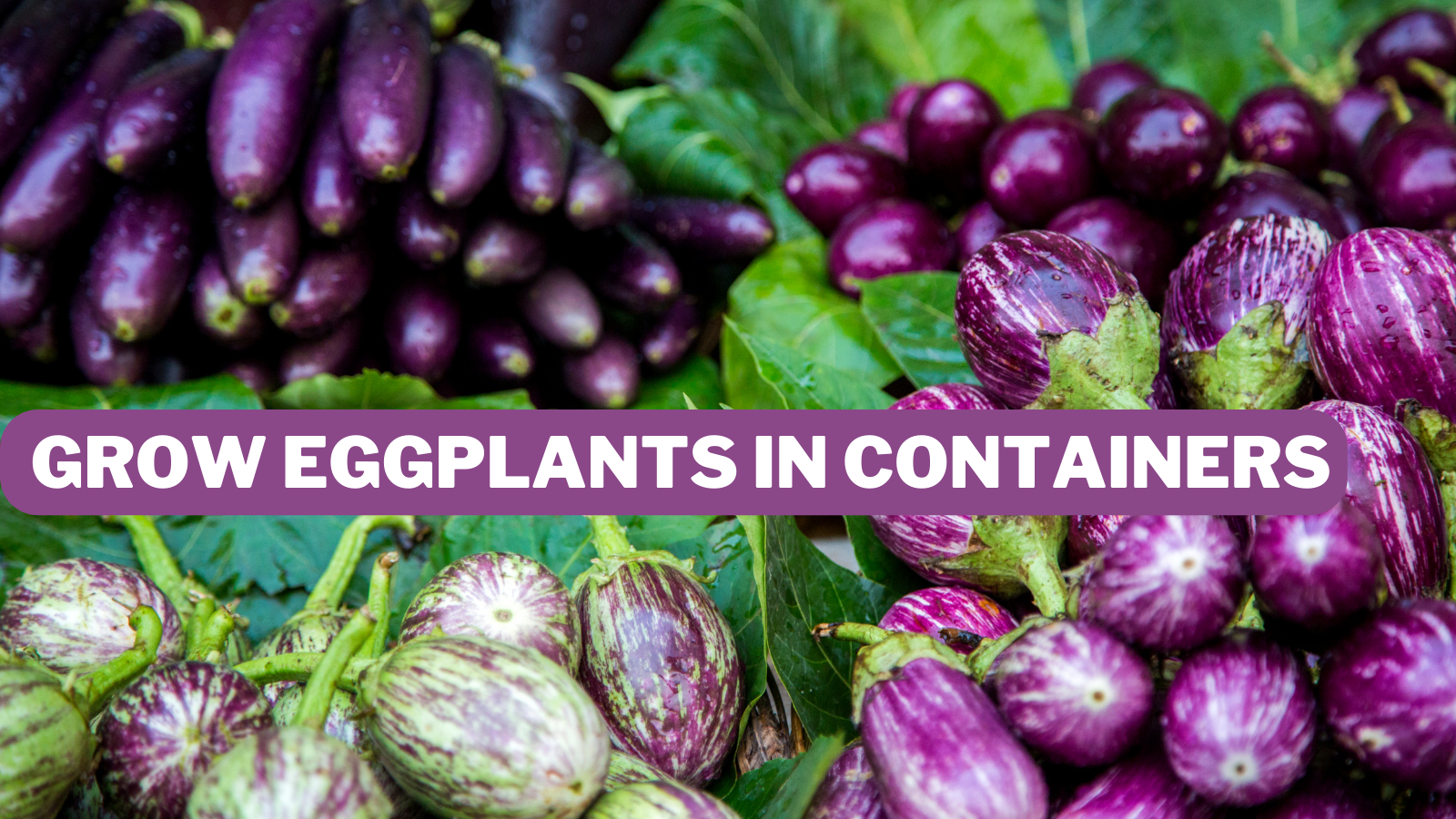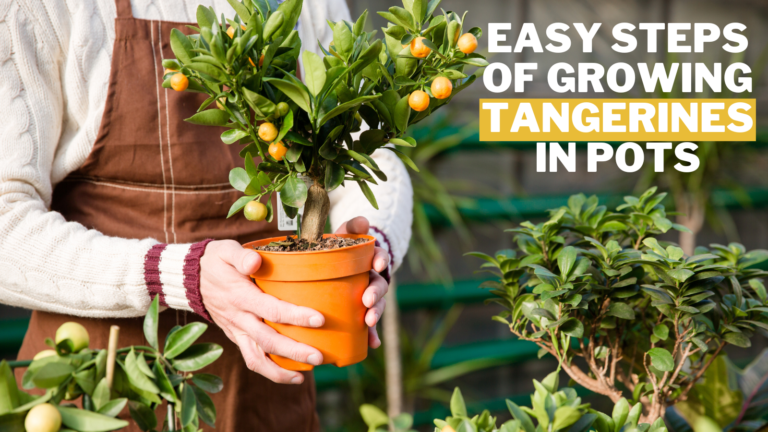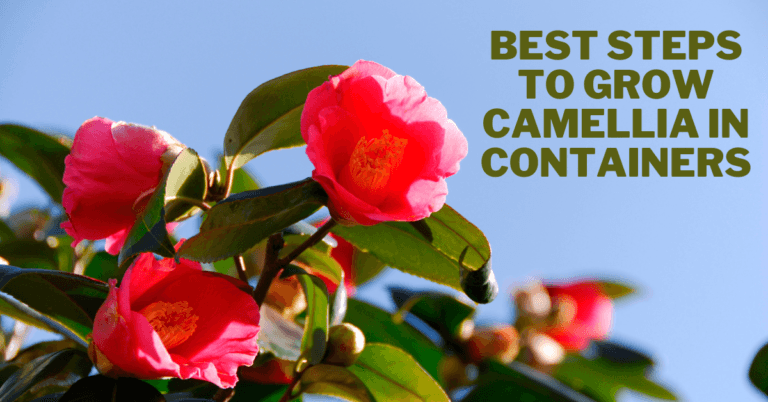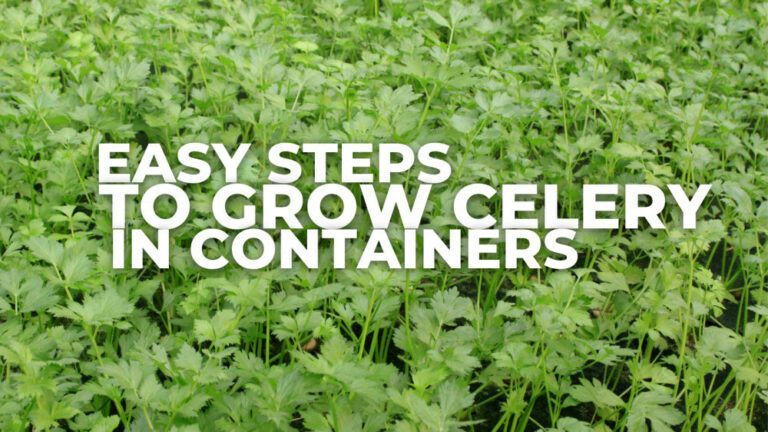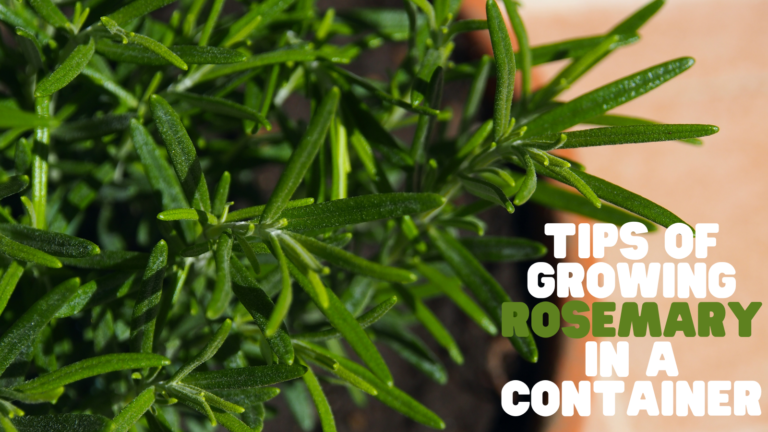9 Creative Ways To Grow Eggplants In Containers
9 Creative Ways To Grow Eggplants In Containers
Eggplants, like tomatoes and other fruits, are versatile fruits that belong to the nightshade family.
The majority are hefty, dense fruits on medium to large plants unsuitable for container-growing eggplant.
However, compact varieties have been produced due to the expanding number of small-space gardeners. These tiny plants allow the eggplant to be grown in containers.
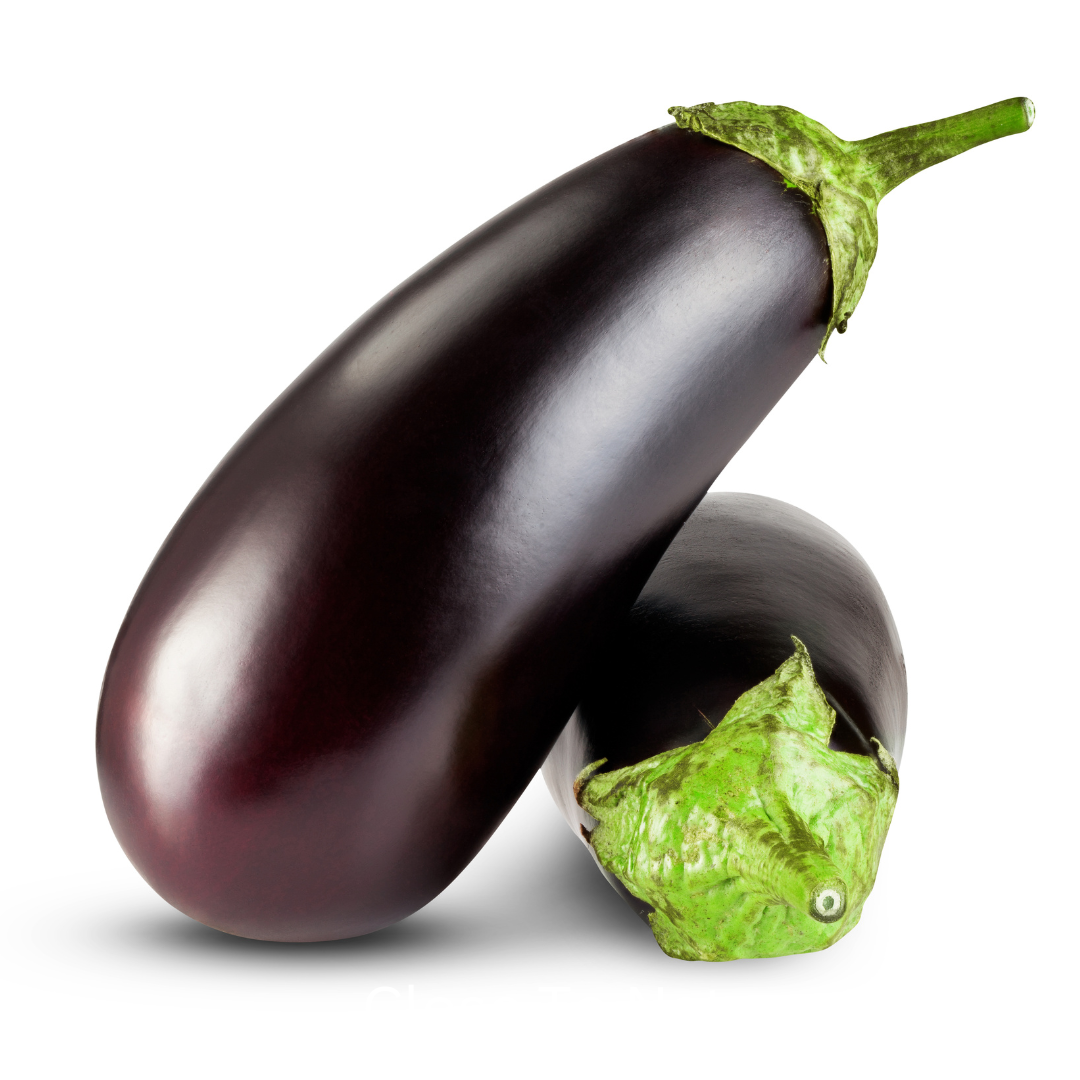
History & Origin Of Eggplants
Eggplants have been grown for thousands of years in China and India. The Spanish Moors brought the eggplant to southern and eastern Europe, where it quickly became popular. In the 1500s, early New World explorers brought eggplant to the Americas, but it never took off.
Nutritional Information Of Eggplant
The nutrients in 1 cup (approximately 96 g) of cooked eggplant cubes are listed below. It also shows how much of each nutrient an individual requires daily. People's needs, however, differ based on their age and gender.
- Nutrition: Amount in 1 cup of eggplant cubes
- Energy: 33.6 (kilocalories)
- Carbohydrate: 8.29 (g)
- Fibre: 2.4(g)
- Magnesium: 10.6(mg)
- Phosphorus: 14.4 (mg)
- Potassium: 117 (mg)
- Folate: 13.4
- Choline: 8.93(mg)
- Beta carotene: 21.1(mcg)
Trusted Source: FoodData Central.Highly respected food and nutrition database from the United States Department of Agriculture( Governmental authority)
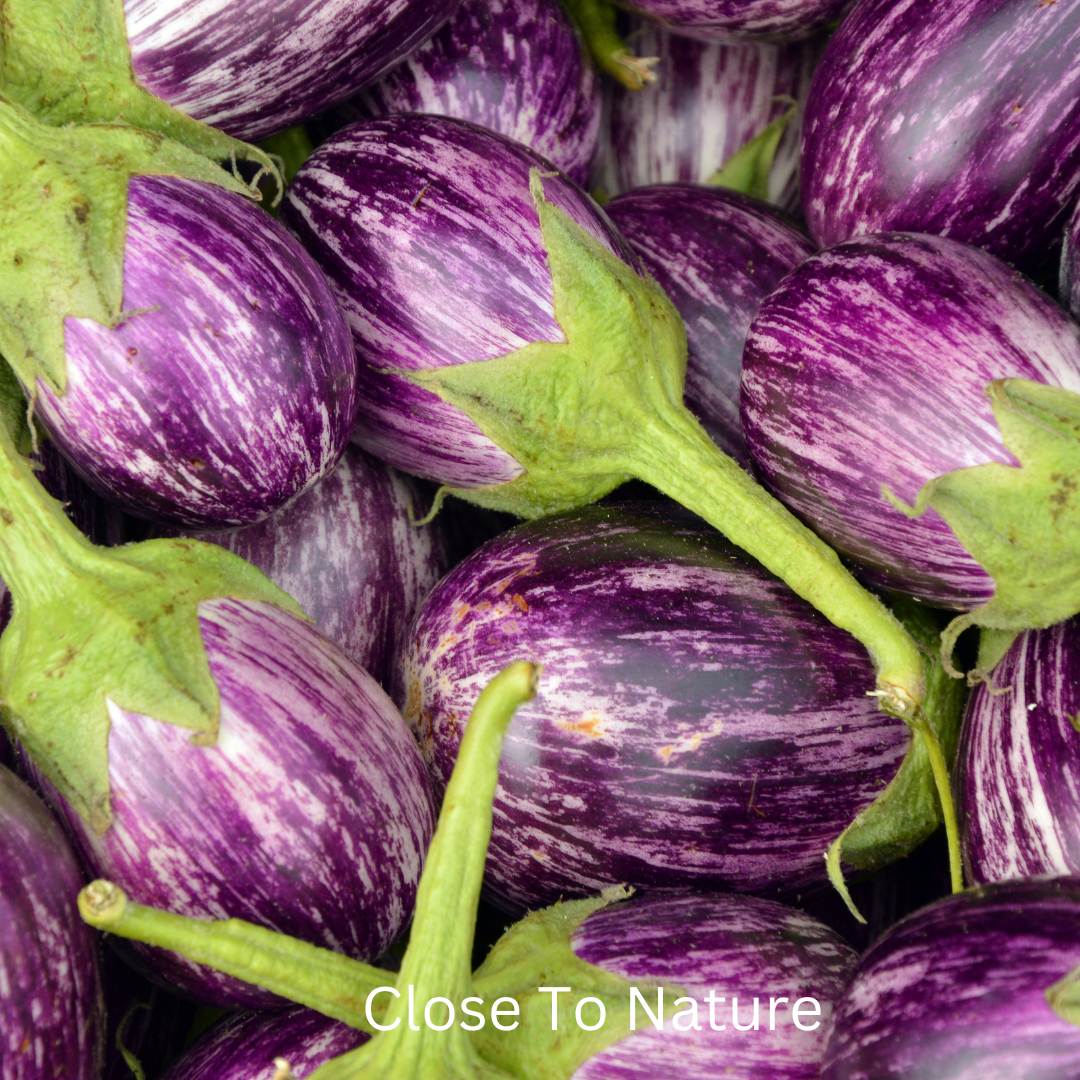
Best Eggplant Varieties For Containers
There are many varieties of eggplant to choose from. They come in various colours, including white, dark purple, violet, and striped.
The flowers are also lovely, making it a pleasure to grow them. Here are a few of the simplest (and most delicious!) eggplant cultivars to produce.
1. Patio Baby Eggplant
This little purple beauty's name says it all. This small plant yields scarcely more than three inches in diameter fruit.
2. Hansel Eggplant
When fully ripe, these compact plants yield slightly larger, deep purple fruits around four inches long. This type is easy to grow in containers and maintains a compact shape while producing a large amount of fruit.
3. Gretel Eggplant
This plant is comparable to Hansel in size and fruit production, but it produces stunning solid-white eggplants that must be seen to be believed.
4. Fairy Tale Eggplant
This plant is even smaller than the Hansel and Gretel varieties but produces a fruit of similar size. But the quirky purple and white striped eggplants set this variety apart.
5. Crescent Moon Eggplant
6-7 white fruit “long, gentle in flavour, and creamy in texture. It produces a high yield and is container-friendly.
6. Bambino Eggplant
So far, the eggplants in our program have been the most compact. This variety produces a lot of fruit with a dark purple to black colour range of 2-3.
The texture is excellent, and the flavour is modest. With just over 45 days to harvest, it's the quickest of all our container eggplants. The fruit is ideal for stir-frying or grilling and makes an excellent container plant.
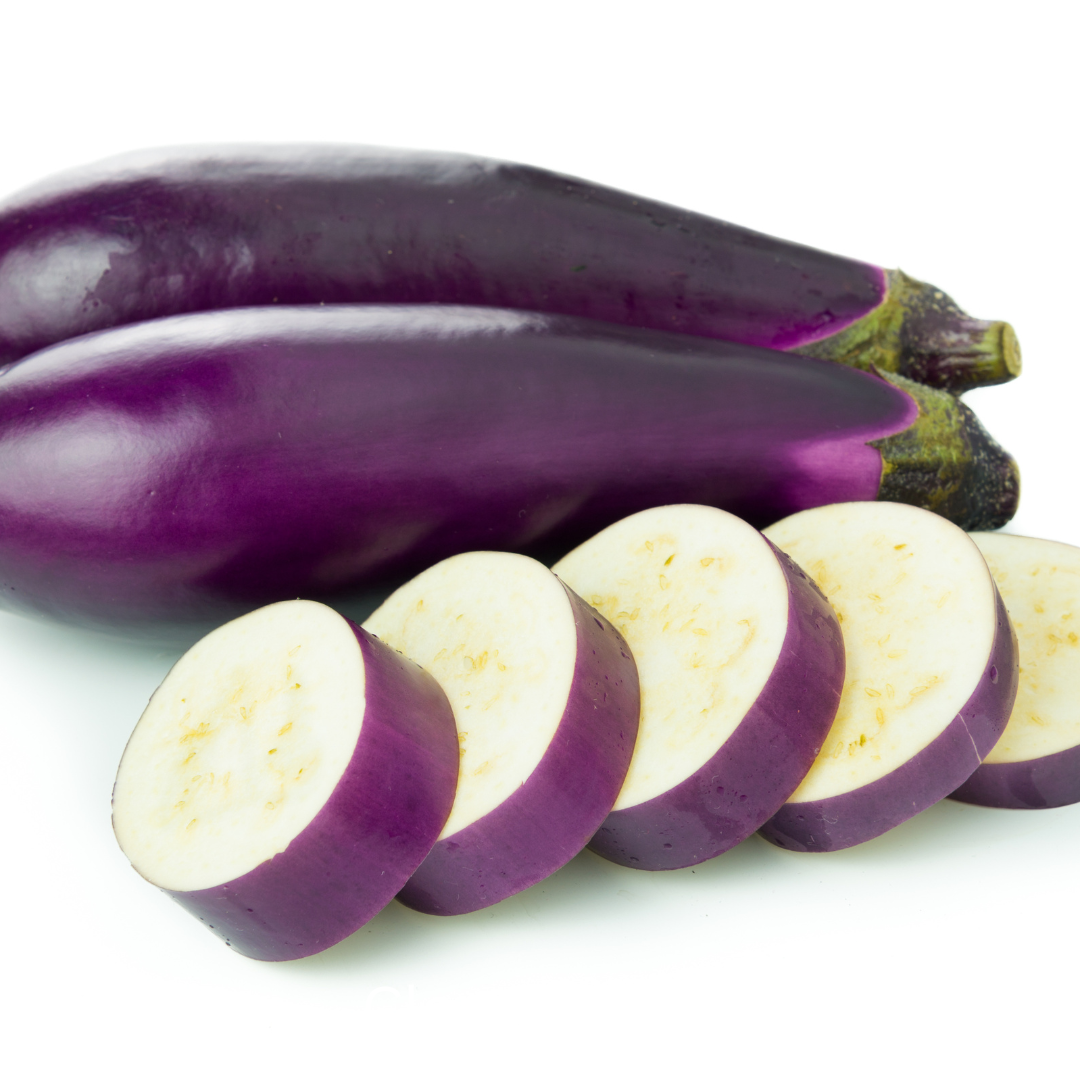
Eggplants Have Surprising Health Benefits
Eggplants, often known as aubergines, are nightshade plants used in various dishes worldwide.
Although they're commonly mistaken for vegetables, they're fruits because they come from a blooming plant and contain seeds.
You can choose from a variety of sizes and colours. While rich purple eggplants are the most frequent, they can also be red, green, or black (1Trusted Source).
In addition to adding a unique texture and mild flavour to dishes, eggplant has several health benefits.
1. Antioxidants Are Abundant
In addition to a wide range of vitamins and minerals, eggplants have a high antioxidant content.
Antioxidants are chemicals that aid in the protection of the organism against the detrimental effects of free radicals.
Studies have demonstrated antioxidants to help prevent various chronic diseases, including heart disease and cancer.
Anthocyanins, a type of pigment with antioxidant effects that gives eggplants their brilliant colour, are particularly abundant in eggplants.
Nasunin, a type of anthocyanin found in eggplants, is very beneficial.
Several test-tube experiments have shown that it effectively protects cells from free radical damage.
2. Heart Disease Risk May Be Reduced
Some studies suggest that eggplants may help reduce the risk of heart disease due to their antioxidant content.
In one study, rabbits with elevated cholesterol were given 0.3 ounces (10 ml) of eggplant juice twice daily for two weeks.
They had decreased LDL cholesterol and triglyceride levels at the end of the trial, two blood markers that, when raised, can contribute to an increased risk of heart disease.
3. Blood Sugar Control May Be Improved
Including eggplants in your diet may assist you in maintaining a healthy blood sugar level. This is due to eggplants' high fiber content, allowing them to move through the digestive system without damage.
Fiber can help reduce blood sugar levels by reducing the rate of sugar breakdown and absorption rate.
Slower absorption prevents blood sugar from rising and crashing by stabilizing blood sugar levels.
4. Could Assist In Weight Loss
Eggplants are high in fiber and low in calories, so they complement any weight-loss diet.
Fiber promotes fullness and satiety while lowering calorie intake by moving slowly through the digestive tract.
Raw eggplant offers 3 grams of fiber and only 20 calories per cup (82 grams).
In addition, eggplants are frequently used in dishes as a high-fibre, low-calorie substitute for higher-calorie components.
How To Grow Eggplants in Containers
1. Choose Easy To Grow Eggplant Varieties
Variety of Eggplant Large oval eggplants, elongated eggplants, and white eggplants are among the most easily grown varieties.
Give eggplants a warm location, warm soil, and a stress-free environment; they'll repay you with beauty and flavour.
2. Time To Plant Eggplant Seedlings
When all the hazards of frost have gone, eggplant seedlings are usually transplanted to the ground in the spring.
Container-grown eggplants, on the other hand, can be planted in the summer and even early fall if you're willing to move the pots around to regulate the temperature, particularly at night.
Planting eggplants in the winter is also doable if you live in a hot, warm, frost-free region.
Note: Unlike tomatoes and peppers, this vegetable plant is more sensitive to cold weather.

3. Eggplants Grown From Seeds
Make sure to sow two seeds in each container or plant up to two seeds in each cell of a seedling tray.
Remember that eggplants, unlike tomatoes and peppers, require a lot of warmth to germinate.
As a result, if the weather outside isn't warm enough (temperatures over 68°F (20°C) are required for eggplant seeds to germinate), you can start their growth indoors, which is the finest of container gardening.
They can be transplanted into the correct containers once they have sprouted and have up to four leaves.
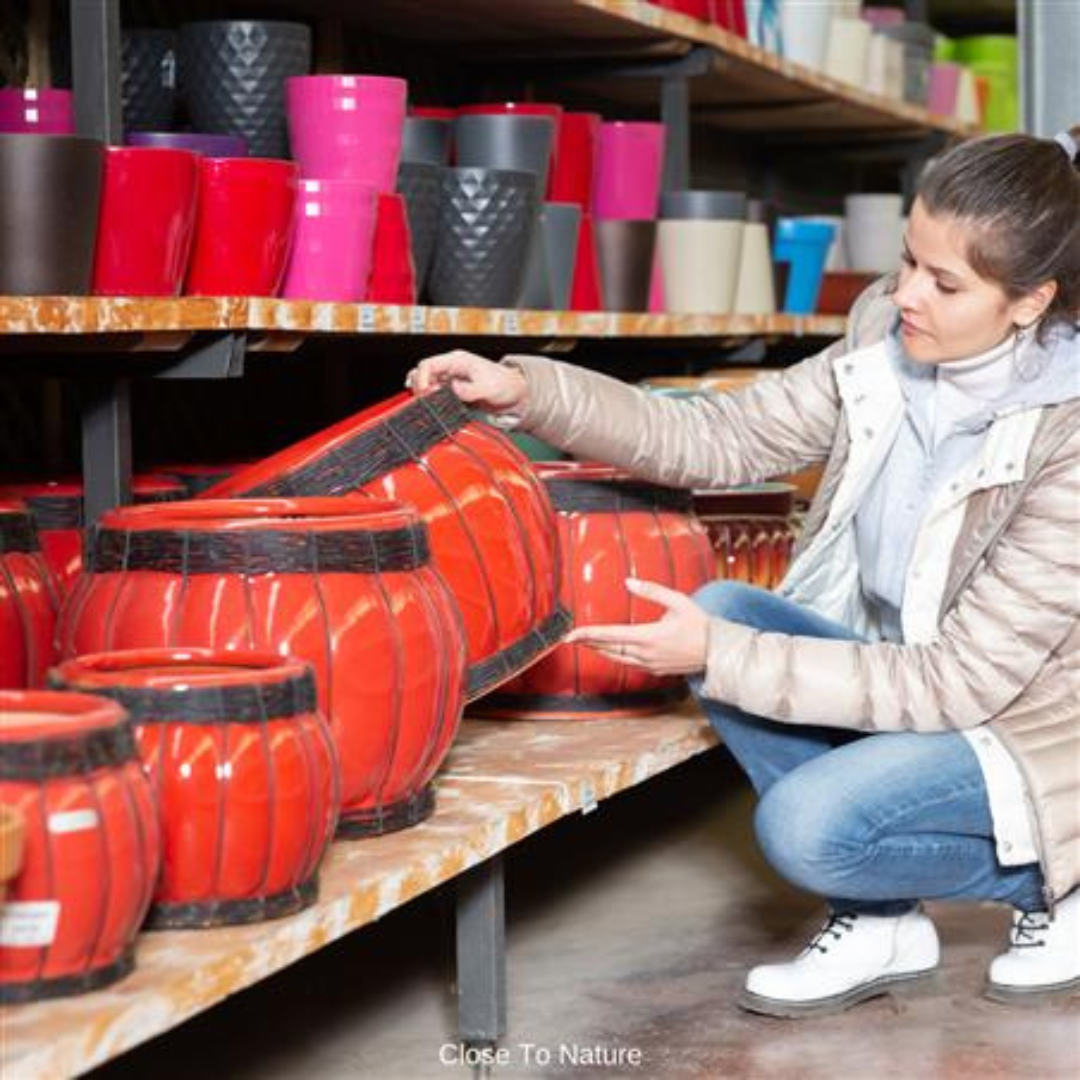
4. Choose The Right Container To Grow Eggplants
Compact eggplant cultivars don't require much space; many smaller kinds may be grown in containers as small as two gallons.
However, remember that the larger the pot, the less often you'll need to water it. Drainage is the most vital aspect of any pot, so make sure there are plenty of holes in the bottom and don't be afraid to drill a few more if necessary.

5. Select The Appropriate Soil To Grow Eggplants
Eggplants prefer well-draining soil, although excessive dryness might impair the fruit's overall appearance and flavour.
Most ordinary potting soils will suffice, although those designed to store more moisture may require the addition of a little mulch to aid drainage.
Mulch or straw applied on the top of the soil will help to extend the time between watering.
Before planting, add some all-purpose fertilizer to your soil to help your seedlings get off to a good start.
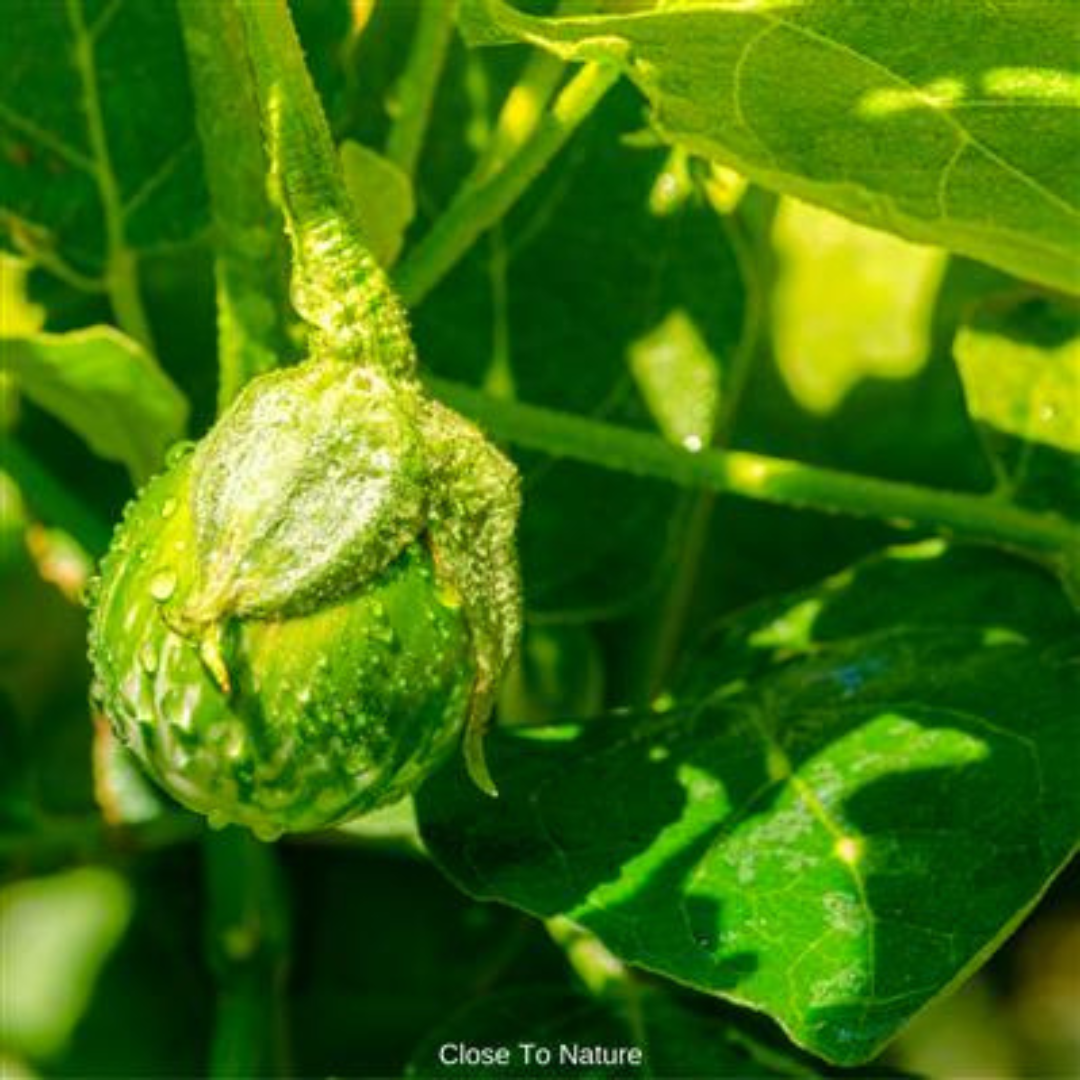
6. Locate A Sunny Area To Grow Eggplants
Eggplants are nightshade plants, like tomatoes and peppers, and prefer warm soil and air.
Because dirt in pots, especially black pots, warms up faster than soil in the ground, container gardening makes meeting the first of three criteria simple.
Plants kept in a bright position (with more than six hours of light per day) and brought inside on cool evenings will develop quicker and stronger.
7. Fertilize Your Eggplants
You should apply fertilizer according to the instructions on the fertilizer package to ensure adequate nutrients for increased productivity.
Because eggplants are strong feeders and require phosphorus-rich fertilizer, use a 5-10-5 fertilizer or another in a similar ratio; you can also use a balanced fertilizer.
Spray liquid plant food on the leaves of your plants if necessary, often known as foliar feeding.
8. Nutrition With A Slow Release
Adding slow-release nutrition as a bone meal when transplanting your eggplants outdoors will help with later bloom and fruit development.
Add ¼ cup of bone meal beneath and around each plant as a general feeding. The bone meal will break down throughout the season, releasing important nitrogen, calcium, and phosphorus.
9. Crop Rotation Is A Good Idea
Crop rotation is important because eggplants are delicate plants that various illnesses can afflict.
Never plant eggplants where peppers, tomatoes, potatoes, or any other nightshade were cultivated the previous season to limit the danger of infection.

10. Watering Eggplants In Containers Regularly
Eggplants thrive in evenly moist soil, so give them plenty of water. To avoid root rot, make sure the drainage is adequate. Also, avoid soaking the soil with too much water, as this can cause it to get soggy.
11. Temperature Requirements To Grow Eggplants
Provide heat and try to keep the seedlings above 50-54° F once they have germinated and been transplanted into the pots (10-12 C). Temperature needs aren't as important for growing eggplants in a hot environment.
12. Eggplant Sucker Pruning And Removal
Growing eggplant in a pot is similar to growing tomatoes in a pot. However, unlike TOMATOES, trimming and sucking the suckers is not required, but it can be done to increase yield.
When the plants are fully grown, look for suckers and pull them out. Remove any yellowing or damaged leaves or branches becoming tall and lanky, obstructing growth and productivity.
13. Staking Of Eggplants
You'll need to tie your eggplant plants to the stake to support them as they grow tall and produce big, hefty fruits.
Placing a stick in the container and tying your plant to it is the most basic solution. A cage can also be used to keep the plant from falling over.
14. Warm-Up Plant Roots
Plant eggplant in plastic containers to keep the roots warm in chilly climates where it is more difficult to cultivate eggplant.
Plastic containers will keep the soil significantly warmer for tender eggplant roots, although oxygenation of the roots will be reduced.
15. Harvesting Eggplants
While some types grow fast and begin producing fruit in as little as two months, others take up to three months to reap the benefits of your labour.
Look at the seed packet or plant description to find out when your eggplants will start to flower and when you should pick them.
As they ripen, most eggplants develop a shine on their skin and yield slightly when squeezed. Overripe fruit is seedy and bitter, whereas underripe fruit is hard.

16. Pests & Diseases Of Eggplants
The black flea beetle, which feeds on the plant's leaves, is the most common pest for eggplant.
These insects are common, but if the plant is healthy, they won't hurt it, and aphids are another prevalent problem. The cutworm is another widespread pest.
The plant is frequently sliced at the root by this worm, as its name suggests.
Cutworm collars can be used to avoid this, or you can easily eliminate them alone. Chemical pesticides can also control these pests, which we do not advocate.
One of the most significant advantages of container gardening is the reduction of pests. While you do, it's usually easier to get rid of them than when working with a stationary garden.
The same applies to nutrient difficulties; having a highly concentrated ecology makes nutrient modifications relatively simple.
Of course, to solve these issues, you must first be able to recognize them. Here are a few of the most common issues you'll face when producing eggplant:
Bloom End Rot
This frequent nightshade ailment causes the eggplant's blossom end to discolour and become spongy as the fruit matures.
This is owing to the plant's inability to absorb calcium due to infertile soil or, more likely, irregular watering.
Mix crushed eggshells or calcium supplements into your soil to prevent or decrease this condition, and avoid allowing the soil to become too dry while also avoiding overwatering.
Flea Beetles
If you have a flea beetle problem in your garden, you can get rid of it by putting catnip at the base of each eggplant plant.
These are frequent eggplant pests, although they don't seem to bother potted plants. Try relocating the pots away from other garden beds or open earth if you detect the telltale little holes on your eggplant leaves.
Here, I’m sharing a delicious Eggplant Indian Recipe. I hope you’ll try it and let us know in the comment box after taking the test of the Spicy Eggplant.
Delicious Eggplant Recipe
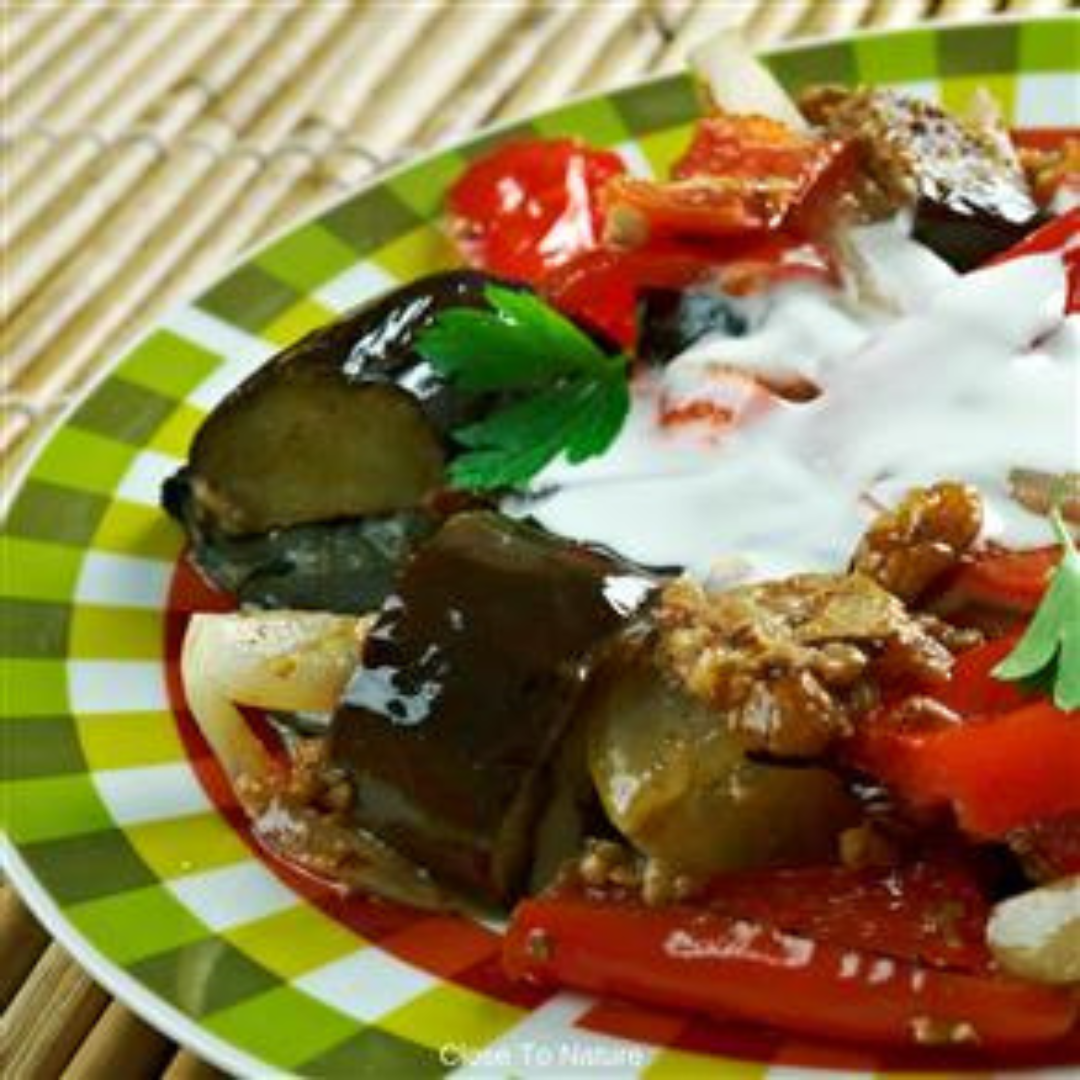
Instant Pot Indian Spicy Eggplant Recipe
Ingredients
- Eggplant: 1 large
- Vegetable oil: 2 tablespoons
- Curry powder: 1 teaspoon
- Garlic: 2 cloves, minced
- Plum tomatoes: 3 diced
- Kosher salt
- Cumin powder: 1 teaspoon
- Ground turmeric: ½ teaspoon
- Onion: 1 small, diced
- Ginger: 1 tablespoon minced
- Fresh cilantro leaves: 1 tablespoon, chopped
- Fresh mint leaves: 1 tablespoon, chopped
- Frozen peas: 1 cup, thawed
- Cooked basmati rice for serving (optional)
Method
- With a knife, poke the eggplant 2 to 3 times on each side. In a 6-quart Instant Pot, place the eggplant on the rack and add 1 cup of water, following the manufacturer's instructions when locking the lid and preparing to cook. Set the timer to high pressure for 20 minutes.
- Follow the manufacturer's instructions for fast release when the pressure-cook cycle is finished, and wait until the quick-release process is completed.
- Unlock and remove the lid, being cautious of any excess steam. Remove the eggplant and place it on a rack. The eggplant should be fully deflated and soft. Remove from the equation.
- Set the saucepan to a high saute and add the oil once it's hot. Cook, stirring constantly, until the curry powder, cumin, and turmeric are aromatic for about 30 seconds.
- Toss the onions in the oil and spices to coat them. Cook, stirring regularly, for 7 to 8 minutes or until the onions soften and slightly caramelize.
- Stir in the ginger and garlic to combine. Cook for another 1 to 2 minutes or until the garlic softens.
- Add the tomatoes and cook for 6 to 7 minutes until they have broken down and lost their structure and 1 teaspoon of salt.
- Using a knife, cut the eggplant into bits. Cook, occasionally stirring, until the eggplant and peas are completely warmed through, about 2 to 3 minutes.
- Season with salt to taste. If desired, serve with rice and a garnish of cilantro and mint.
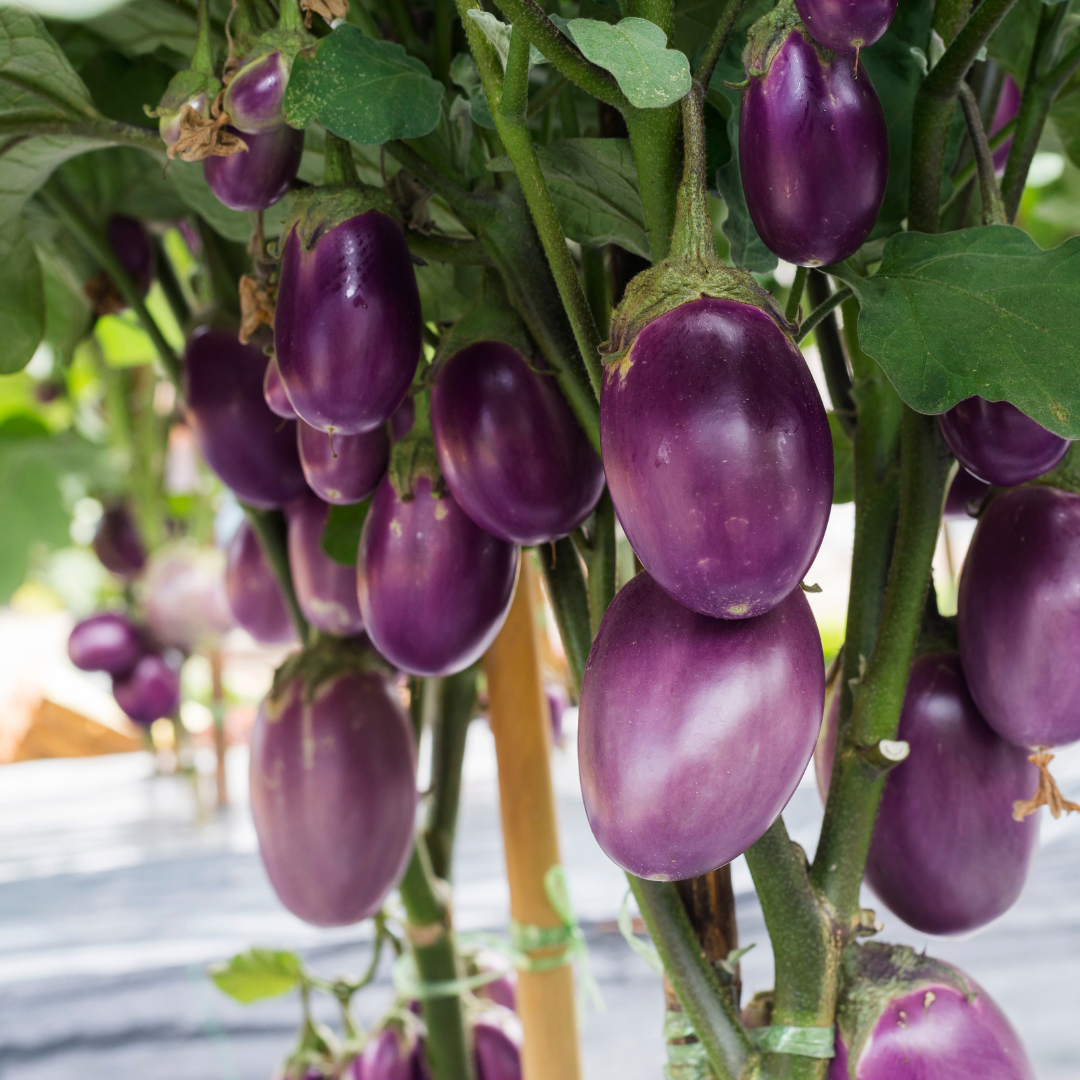
Conclusion
So, what exactly are you waiting for? You have all the greatest information available when developing your gorgeous eggplant garden.
It's time to get your hands filthy and witness the miracle of fresh growth right in front of your eyes. Take a peek at our container gardens and get started on yours now!
I trust you enjoyed this article on the 9 Creative Ways To Grow Eggplants In Containers. Please stay tuned for more blog posts to come shortly.
JeannetteZ
>>>Please click here to read my all-inclusive article, About The Essential Companion Planting Guide<<<
>>>Please click here to read my all-inclusive article about Container Gardening<<<
Are you interested in homegrown herbs and medicine? Please click here to find out more about it!
Your Opinion Is Important To Me
Thoughts? Ideas? Questions? I would love to hear from you. Please leave me your questions, experience, and remarks about this article on the 9 Creative Ways To Grow Eggplants In Containers in the comments section below. You can also reach me by email at Jeannette@Close-To-Nature.org.
Disclosure
This post may contain affiliate links. I earn from qualifying purchases as an Amazon Associate and other affiliate programs. Please read my full affiliate disclosure.
You might also enjoy these blog posts:
10 Awesome Tips To Grow Peppers In Containers
9 Best Stress Relief Activities For College Students
Tips To Reduce Stress In Women Over 50
12 Best Stress Relief Games For Kids
10 Easy Steps To Grow Potatoes In A Container

